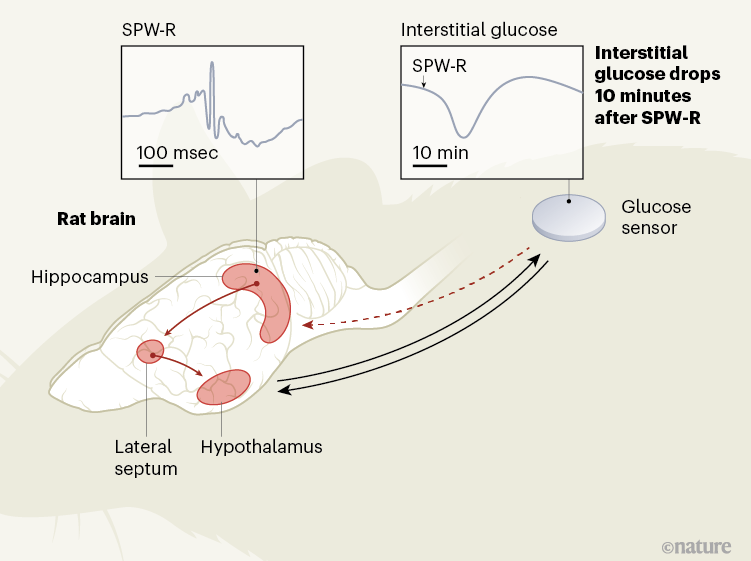A new study from Cornell University reveals that sleep not only consolidates memories but also resets the brain’s memory storage mechanism. This process, governed by specific regions in the hippocampus, allows neurons to prepare for new learning without being overwhelmed. This insight opens potential pathways for enhancing memory and treating neurological disorders like Alzheimer’s and PTSD.
While everyone knows that a good night’s sleep restores energy, a new Cornell University study finds it resets another vital function: memory.
Learning or experiencing new things activates neurons in the hippocampus, a region of the brain vital for memory. Later, while we sleep, those same neurons repeat the same pattern of activity, which is how the brain consolidates those memories that are then stored in a large area called the cortex. But how is it that we can keep learning new things for a lifetime without using up all of our neurons?
Mechanisms of Memory Resetting
A new study published in the journal Science, finds at certain times during deep sleep, certain parts of the hippocampus go silent, allowing those neurons to reset.
“This mechanism could allow the brain to reuse the same resources, the same neurons, for new learning the next day,” said Azahara Oliva, assistant professor of neurobiology and behavior and the paper’s corresponding author. READ MORE...
Mechanisms of Memory Resetting
A new study published in the journal Science, finds at certain times during deep sleep, certain parts of the hippocampus go silent, allowing those neurons to reset.
“This mechanism could allow the brain to reuse the same resources, the same neurons, for new learning the next day,” said Azahara Oliva, assistant professor of neurobiology and behavior and the paper’s corresponding author. READ MORE...


